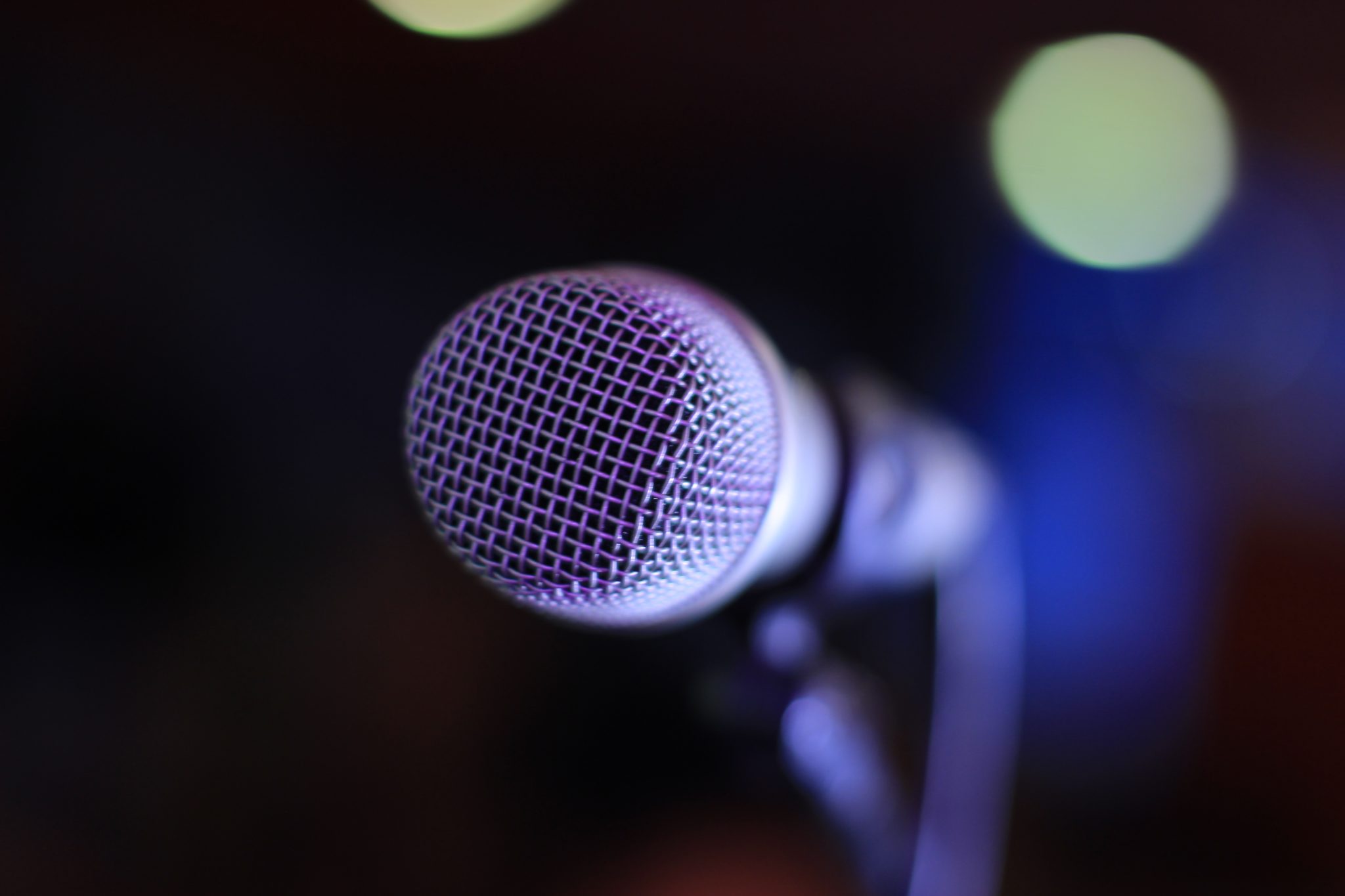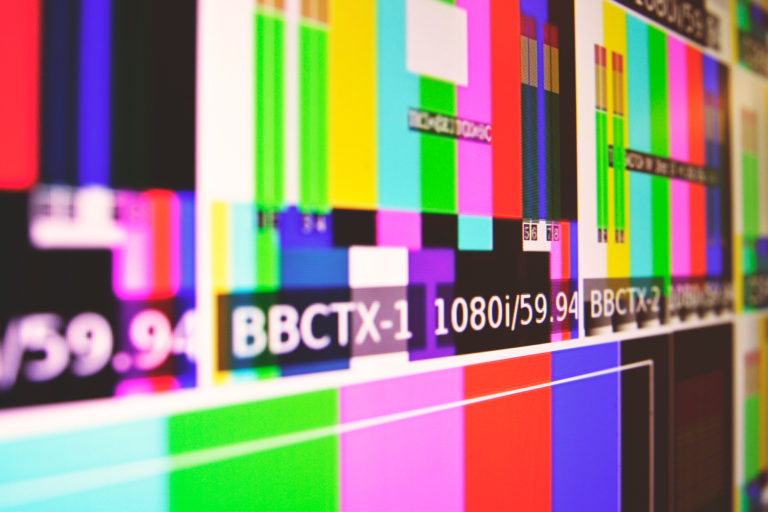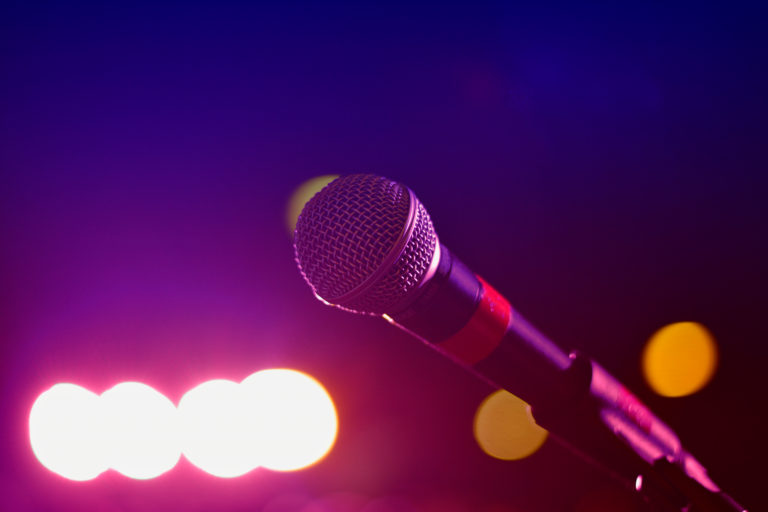The first Democratic presidential primary debate features the most diverse slate of candidates in…
What to Watch For: The Third Democratic Primary Debate

For the first time this cycle, a Democratic presidential primary debate will feature only the top ten candidates. However, in this winnowed-down debate field, women will still represent nearly a third of the candidates on the debate stage. Senators Elizabeth Warren, Kamala Harris, and Amy Klobuchar will be in next week’s debate, while Congresswoman Tulsi Gabbard and Marianne Williamson did not meet all of the requirements. Senator Kirsten Gillibrand also failed to make the debate stage, and soon after announced that she was withdrawing from the race.
At the Barbara Lee Family Foundation, we’ve been studying voter attitudes towards women running for office for the past 20 years, with a specific emphasis on women running for executive office. Here are some things we’ll be watching for in this debate.
- Timing is everything.
With only 10 candidates and an expanded 3-hour time slot, each candidate will potentially be afforded much more time to speak. Perhaps jumping or interrupting will be less crucial as a means to get airtime. Will the candidates have a more equitable amount of speaking time?
And, perhaps more importantly, will they use the time they get well? Our research shows that voters assess a woman’s confidence in less than 30 seconds, and that confidence is key for showcasing likeability to voters. A strong debate showing is also important to convince voters of electability. Previous BLFF research shows that standing up for herself in a debate, standing up for voters and their interests in a debate, and fielding tough questions early in the campaign help women candidates win over voters.
- Who’s behind the moderator’s mic
For the first time this year, there will finally be a woman of color as a moderator! The DNC requires a woman moderator at each debate, but the previous two debates did not feature a woman of color. ABC news correspondent Linsey Davis (along with George Stephanopoulos, David Muir, and Jorge Ramos) will moderate. Just a reminder: 114 presidential primary debates between 1996 and 2016 had no women of color in their moderating panels.
- “Women’s issues” still haven’t gotten the spotlight they deserve.
Education. Abortion. Equal Pay. Sexual Harassment. While these issues may have been touched out, we still have seen robust policy discussions around them. Voters do give women candidates an advantage on women’s issues, but women candidates shouldn’t rely on that. After all, women have voted at higher rates than men in every presidential election since 1964.
- Exhibiting “electability” is a balancing act for women.
We can’t say it enough: when it comes to qualifications, women must show while men can tell. However, exhibiting qualifications is not enough by itself: our July Electability study found having a deep understanding of the challenges Americans face is the single biggest indicator of electability to voters.
Will we see candidates to balance telling the stories of every day Americans, to demonstrate they have empathy and understand kitchen table issues, with weaving in examples of their accomplishments, to subtly remind voters they are up to the job? We saw some of that in the earlier debates.






